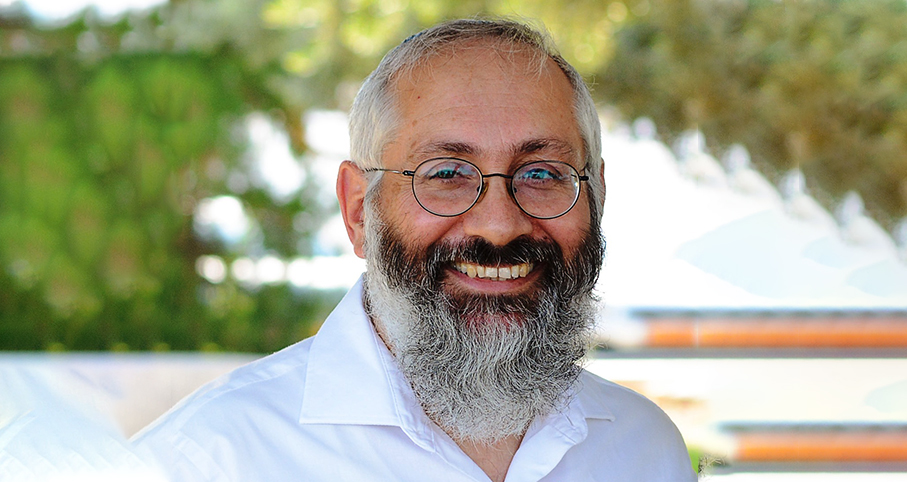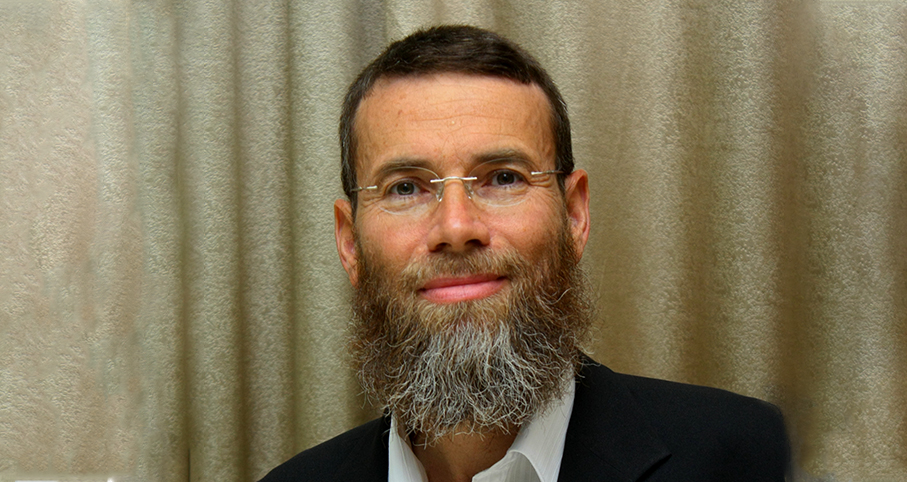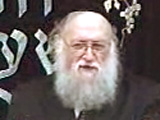Beit Midrash
- Torah Portion and Tanach
- Shmot
- Shmot
Moshe saw that "there was no man", but, in the end, "…. Moses became frightened and said, "Indeed, the matter has become known!" Pharaoh heard of this incident, and he sought to slay Moses." (Shemot 2, 14-15)
It is quite possible that Moshe simply did not notice that someone was there; it is also possible that he saw someone, but assumed he would not inform on him; it is even possible the victim himself was the informer!
In light of the Midrash, Rashi explains:
"And he saw that there was no man." – "There was no man destined to be descended from him (the Egyptian) who would become a proselyte." We can learn from Rashi that we can understand that this is not the usual form of physical "seeing", but rather something quite different.
Rashi’s approach opens the way to an altogether different understanding of the text through homiletic exegesis (d’rash). Moshe saw iniquities, corruption and evil. He looked around him and saw that no one was addressing this reality; no one was dealing with the evil: "And he saw that there was no man." Moshe understood that he must become involved. He should be responsible to act alone against corruption and evil.and he saw that there was no man: [I.e., he saw that] there was no man destined to be descended from him [the Egyptian] who would become a proselyte [i.e., a convert]. [From Exod. Rabbah 1:29]and he saw that there was no man: [I.e., he saw that] there was no man destined to be descended from him [the Egyptian] who would become a proselyte [i.e., a convert]. [From Exod. Rabbah 1:29]
And it may be that this principle can be understood from the literal meaning of the text (p’shat) later in the Parsha.
We are introduced to three stories:
The first story relates how Moshe kills the Egyptian who struck a fellow Hebrew. The underlying motive seems to be nationalistic – Moshe "looked at their burdens, and he saw an Egyptian man striking a Hebrew man of his brothers."
The second story, however, demonstrates his concern for his fellow Hebrews by eradicating evil among his own people:
"He went out on the second day, and behold, two Hebrew men were quarreling, and he said to the wicked one, "Why are you going to strike your friend?" (Shemot 2, 13) In this case, we can claim that Moshe’s concern is strictly familial.
The third story reveals Moshe’s concern for members of foreign nations, as related in the events with Jethro’s daughters (see Rambam). Now we see that Moshe acts not merely out of nationalistic motivations or familial motivations. He also acts out of concern for humanity at large: (Shemot 2, 15-17)
"….so Moses fled from before Pharaoh. He stayed in the land of Midian, and he sat down by a well. Now the chief of Midian had seven daughters, and they came and drew [water], and they filled the troughs to water their father’s flocks. But the shepherds came and drove them away; so Moses arose and rescued them and watered their flocks."
These three stories appear sequentially in order to clarify Moshe’s perception of the world around him. This reveals the way in which Moshe reacts when confronted with iniquity and corruption, particularly when he sees that there is no one willing to step up to correct the situation.
It is not merely by chance that in all these stories, those affected call him "Ish" – Man. In the second story, a Hebrew who struck his fellow turns to Moshe with these words:
"Who made you a man, a prince, and a judge over us." He calls Moshe "man".
In the third story, he is called "man" by the daughters of Midian: "They came to their father Reuel, and he said, "Why have you come so quickly today?" They replied, "An Egyptian man rescued us from the hand[s] of the shepherds, and he also drew [water] for us and watered the flocks." (Shemot 2, 18-19) Jethro himself followed in suit:" He said to his daughters, "So where is he? Why have you left the man? Invite him, and let him eat bread." (Shemot 2, 20)
This moniker – Ish or Man – frequently applied to Moshe, serves to highlight our understanding of Moshe’s vision of the world. He always sees the need to intervene in order to assist, to save and facilitate a process of salvation. Moshe’s vision helps to understand why he, above others, was worthy to become the leader of Am Yisrael, thanks to his unique gift. And it also explains why Moshe intervenes in situations we would think are not relevant and should not move him to action.
The key word in this chain of events is Man. We see a struggle over the very character and identity of Man. Who will dominate? The man who strikes his fellow man? The man who quarrels with others? Or, the man of chessed and integrity who strives to stand up for others?
We can now understand that the words:
"And he saw that there was no man," are applicable not only to the first story in which they appear. We can see these words accurately describing all three stories. (What seemed to be d’rash is truly, at its core, the p’shat.) Moshe sees no one else standing up against injustice or trying to remove evil from our world. Moshe sees there is no Man, and acts on his own:
"And he saw that there was no man" – "he struck the Egyptian"
"And he saw that there was no man" – "… and he said to the wicked one, "Why are you going to strike your friend?"
"And he saw that there was no man" – "…so Moses arose and rescued them and watered their flocks."
Pirkei Avot – The Ethics of the Fathers – opens with the words, "Moshe received the Torah from Sinai." Our ethical and moral foundations are taught in Pirkei Avot. And we learn that these teachings are, indeed, Halacha as well. They were also given to us at Sinai.
But there is even more to this than meets the eye. If we try to understand why it was Moshe who received the Torah at Sinai, let us follow the towering figure of Moshe and reveal his outstanding humanity, the Pirkei Avot he embodies, and then we will see why he was chosen to receive the Torah.
In the context of our Parsha, Moshe acts in accordance with the teachings of the Mishna in Avot (2, 5): "In a place where there are no men, strive to be a man."
Eyes and Heart in the Service of Israel
Rabbi Yosef Nave | 17 Tevet 5785

Social Justice Starts (and Ends) at Home
Parashat Shemot
Rabbi Moshe Erenreich | Shemot 23 Tevet 5764

Going To Peace
Rabbi Chanan Morrison | 5770






















